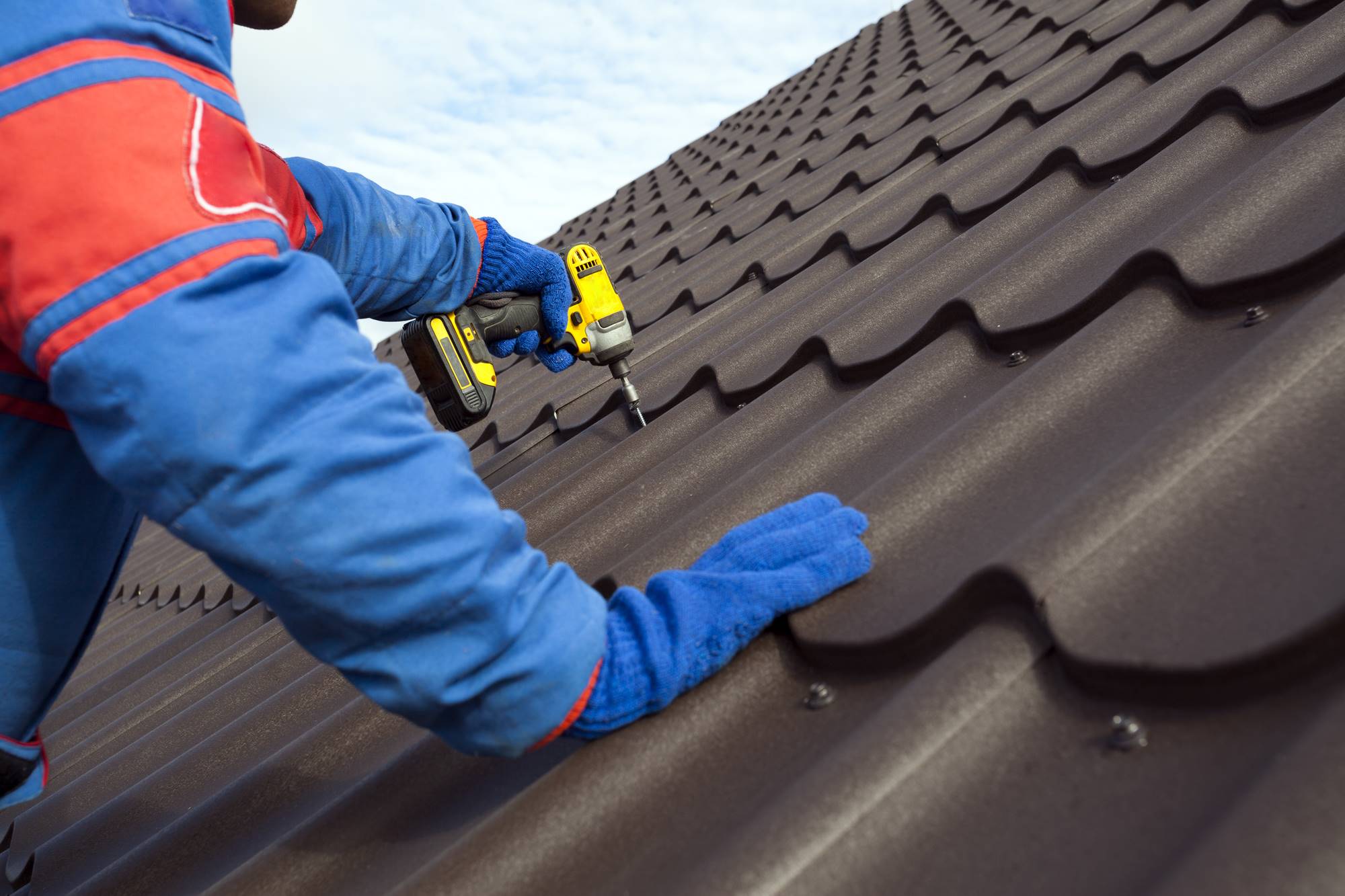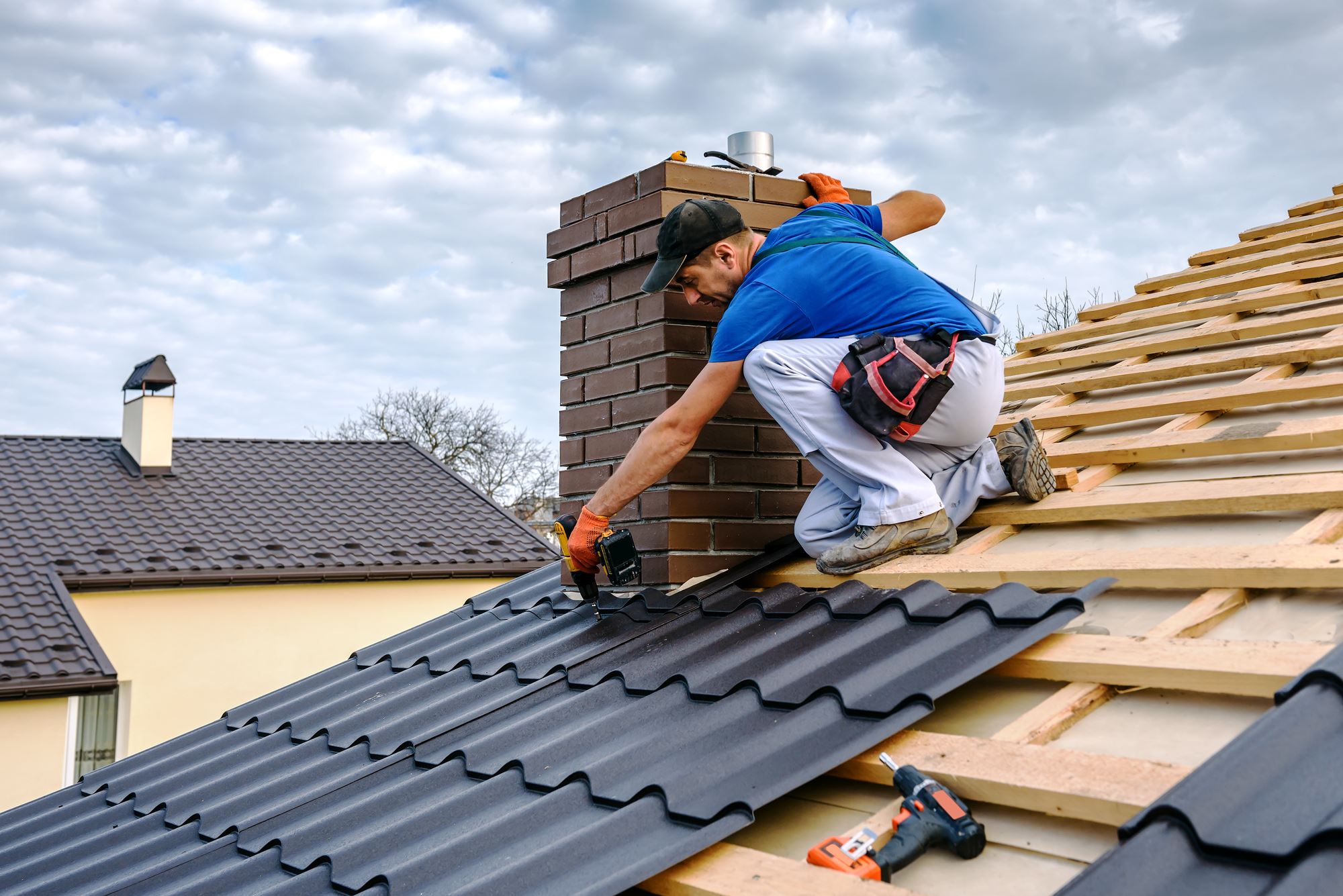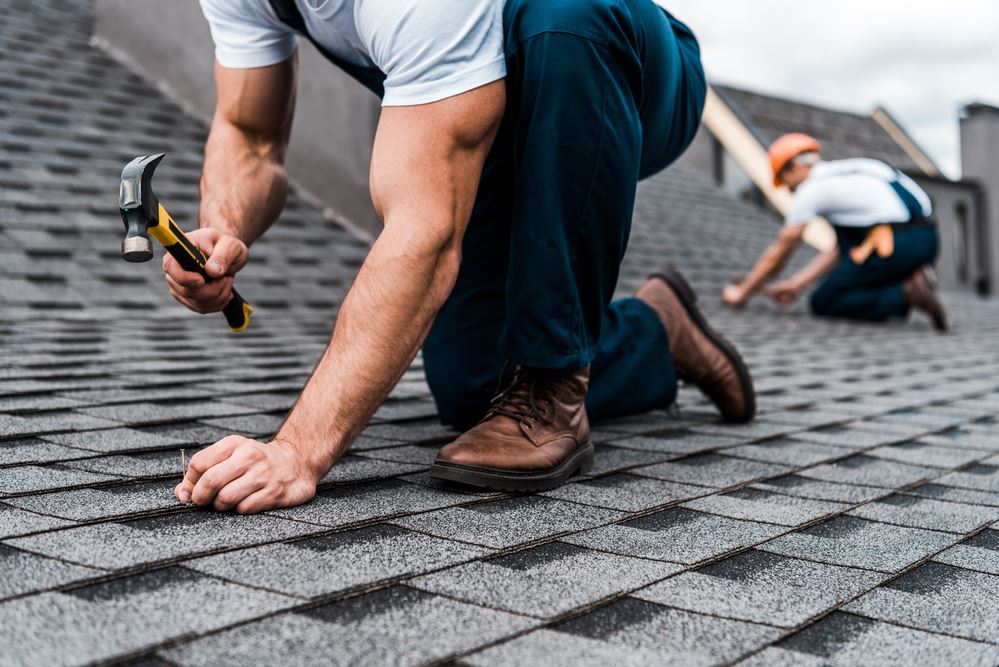Proper roof maintenance is essential for homeowners in Austin, where the local climate can significantly impact the longevity and effectiveness of roofing materials. This article explores Austin roof repair tips; from the scorching sun to sudden hail storms, Austin’s diverse weather patterns pose distinct challenges to roof integrity.
Understanding Roof Damage in Austin
Common Types of Roof Damage in Austin
Austin’s roofs are predominantly affected by two major categories of damage: weather-related and biological factors.
- Weather-related damage: Austin’s climate can be harsh on roofs, with frequent hail, strong winds, and prolonged exposure to UV rays being the most common culprits. Hail can cause bruising or even punctures in roofing materials, while high winds may lift or remove shingles entirely. The intense Texas sun contributes to the degradation of roofing materials over time, leading to brittleness and cracking.
- Biological factors: Mold, algae, and pests can deteriorate roof conditions. These biological threats often stem from persistent moisture and inadequate roofing ventilation, which create ideal conditions for their growth and survival.
Signs of Roof Damage to Look Out For
Identifying roof damage early can prevent more significant issues down the line. Homeowners should regularly check for these key indicators:
- Visible shingle damage: Look for cracked, buckled, or missing shingles. This is often the most apparent sign of weather-induced damage.
- Leaks and water damage: Water stains on ceilings or walls may indicate a leaky roof caused by cracked or missing shingles or compromised flashing.
- Blocked or damaged gutters: Gutters play a crucial role in roof health by channeling water away from the structure. Blocked or damaged gutters can cause water to back up and seep under roofing materials, leading to potential water damage.

Choosing the Right Materials for Austin Roofs
Best Roofing Materials for Austin’s Climate
Selecting the appropriate roofing materials is crucial for withstanding the unique weather conditions of Austin. The most suitable options include:
- Metal roofs: Known for their durability and ability to reflect solar heat, they are ideal for Austin’s hot, sunny climate.
- Asphalt shingles: Popular for their affordability and versatility, they are effective in various weather conditions, including intense sun and heavy rain.
- Clay and concrete tiles: These materials offer excellent longevity and are highly resistant to decay, beneficial in areas prone to mold and algae.
Pros and Cons of Each Material
Each roofing material comes with its own set of advantages and disadvantages:
- Metal roofs: Pros include longevity and energy efficiency; cons are higher upfront costs and noise during rainstorms.
- Asphalt shingles: Pros are cost-effectiveness and easy installation; cons include shorter lifespan and vulnerability to high winds.
- Clay and concrete tiles: The pros are durability and minimal maintenance; the cons include higher installation complexity and significant weight, requiring strong structural support.
Longevity and Durability in Local Weather Conditions
Metal roofs can last up to 50 years or more with proper maintenance, making them a great long-term investment for Austin homes. Asphalt shingles typically offer around 20 years of service, while clay and concrete tiles can endure for over 50 years under optimal conditions.
Preventative Maintenance Strategies
Regular Maintenance Tasks
- Cleaning gutters and downspouts: Regularly clearing debris from gutters and downspouts prevents water accumulation and protects the roof structure from water damage.
- Inspecting and repairing flashings: Ensuring flashings are intact and functional is essential to prevent water from penetrating the roof at its joints.
Professional Inspection Schedules
Austin homeowners should schedule professional roof inspections at least once a year. Inspections are particularly crucial after severe weather events, which can cause immediate and unseen damage to roofing materials.
Tips for DIY Maintenance Safety
Safety should always be a top priority when performing DIY roof maintenance. Homeowners should use a sturdy ladder, wear non-slip shoes, and ideally work with a partner. To prevent accidents, it’s also important to avoid working on the roof during wet or windy conditions.

Step-by-Step Repair Guide for Common Issues
Repairing Leaky Roofs
Identifying the Source of Leaks
Locating the source of a leak is crucial for effective repair. Begin by examining the roof uphill from the stains for any penetrations that might allow water ingress. The most common sources of leaks are items that penetrate the roof, including roof vents, chimneys, and dormers.
Recommended Repair Techniques
Once the source of the leak is identified, address it with appropriate techniques. Replying caulk around flashing or replacing damaged shingles may suffice for small leaks. For more severe cases, replacing damaged flashing or underlayment might be necessary.
Replacing Damaged or Missing Shingles
If shingles are cracked, damaged, or missing, they should be replaced promptly to prevent water damage and insulation issues. To replace shingles, remove the remnants of the damaged shingle, lift the edges of the surrounding shingles, and nail a new shingle in place. Finally, seal the nails with roofing cement.
Solutions for Water Pooling and Drainage Issues
Improper drainage can lead to water pooling, which might cause leaks and structural damage over time. To resolve drainage issues, ensure gutters and downspouts are free of debris. Additionally, consider adjusting the roof’s slope or installing tapered insulation systems to promote water runoff.
Hiring Professional Help
When to Call a Professional Roofer
While minor repairs can often be handled by homeowners, significant issues such as structural damage, persistent leaks, or extensive shingle replacement should prompt a call to a professional roofer. Addressing these larger issues promptly is crucial to preventing further damage to the home.
How to Choose the Right Roofing Contractor in Austin
Licensing and Insurance Requirements
Ensure any roofing contractor you consider is licensed and insured in Texas. This protects you from liability in accidents and ensures professionalism and adherence to building codes.
Reading Reviews and Checking References
Before hiring a contractor, read customer reviews and ask for references. This will give you insights into the roofer’s reliability, quality of work, and customer service.
Understanding Roofing Warranties and What They Cover
Roofer-provided warranties typically cover materials and workmanship. Understand the specifics of what each warranty covers and its duration. Manufacturer warranties may cover defects in roofing materials, while workmanship warranties protect against installation errors. Always confirm what is covered under each type of warranty before deciding.

Cost Considerations
Average Cost of Roof Repairs in Austin
The cost of roof repairs in Austin can vary widely depending on the extent of the damage and the materials used. Generally, homeowners might expect to spend anywhere from $300 to $1,000 for minor repairs, while more significant repairs can easily exceed $3,000.
Budgeting for Unexpected Roof Issues
Homeowners should set aside a contingency fund specifically for roofing issues. Allocating a small percentage of the home’s value annually to this fund can help manage unexpected repairs without financial strain.
Potential Savings from Regular Maintenance
Regular maintenance can significantly reduce the overall cost of roof repairs in the long term. By addressing minor issues before they escalate, homeowners can avoid more costly repairs and extend the life of their roofs.
Legal and Regulatory Considerations
Austin Building Codes Related to Roofing
Austin’s building codes specify requirements for roofing materials and installation methods to ensure safety and durability. All roofing work must comply with these codes to ensure structural integrity and safety.
Permits Required for Roofing Work
Most roofing work in Austin requires a permit, especially if it involves structural changes or significant repairs. Homeowners should consult with their contractors or local building authorities to ensure all necessary permits are obtained before commencing work.

Final Thoughts
Maintaining your roof in Austin requires a proactive approach to prevent potential issues and enhance longevity. Regular inspections, timely repairs, and understanding the local regulations are crucial in ensuring your roof remains in optimal condition to withstand the region’s unique climate challenges.
Frequently Asked Questions
How often should I have my roof inspected in Austin?
It’s recommended that your roof be inspected at least once a year in Austin, especially after severe weather events like storms or hail, which are common in the area and can cause unseen damage to roofing materials.
What are the first steps to take after noticing a leak?
The first step is to mitigate any immediate water damage inside your home by placing buckets under leaks and removing valuables from the affected area. Next, contact a professional roofer to assess and repair the damage to prevent further issues immediately.
Can I perform roof repairs, or should I hire a professional?
A competent DIYer can make minor repairs, such as replacing a few shingles or sealing a small leak. However, for major repairs, safety concerns, or extensive damage, hiring a professional roofer with the necessary tools and expertise is advisable.
How can I extend the life of my Austin roof?
To extend the life of your roof in Austin, ensure regular cleaning of gutters and downspouts, timely removal of debris, and quick repair of any minor damages. Regular professional inspections can also help detect and address issues before they escalate into major problems.

